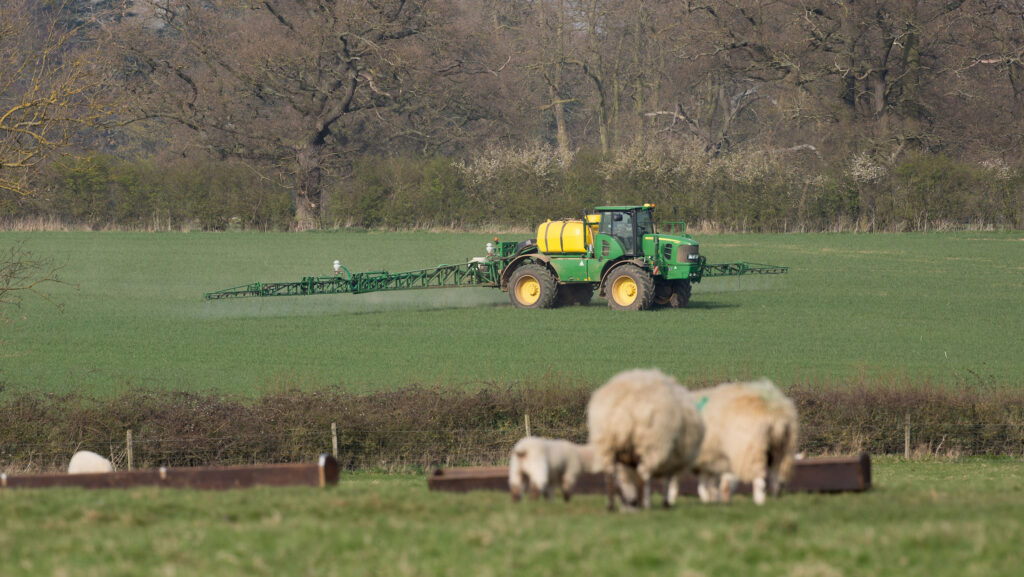Farm business incomes show partial recovery after sharp fall
 © Tim Scrivener
© Tim Scrivener Dairy, grazing livestock, and poultry enterprises all saw improved incomes for the year ending February 2025, while the picture for cereals, horticulture and pigs appears mixed.
Latest farm business income (FBI) figures from Defra show incomes across all farms increased from £49,700 to £71,200 on average, however this was still 32% below 2022-23 levels in real terms.
Farms have generally seen a shift with reduced incomes from basic payments and increased incomes for carrying out agri-environment activities.
See also: Dairy sales tick-up as producers cull cows to cut costs
Average net income from agri-environment activities more than doubled to £21,100 in 2024-25 and equated to about 30% of total income.
The dairy sector was one of the standout performers in the past year, with average incomes lifting considerably to £153,800.
Defra analysts say recovery of milk prices, supported by tight supplies in the early part of the year, was a key driver in increasing agricultural output by 14%.
However, more recently farmgate milk prices have been in freefall and margins are currently tightening on dairy farms.
High beef and lamb prices, as a result of tight supplies, throughout the past two years have helped to improve incomes on grazing livestock farms.
Average FBI on lowland grazing livestock farms increased to £41,300, while average incomes in less-favoured areas lifted to £40,300.
Specialist poultry built on its gains from last year with average incomes lifting by 35% to £235,900.
Pork producers have faced lower incomes, with average FBI falling by 6% to £126,700.
Mixed bag for cereals sector
Cereals enterprises made a marginal recovery from £43,000 to £49,700 in the past year, however this was still a long way off the mark of £156,500 seen in 2022-23.
Agriculture alone on cereals farms made a net loss of £27,400 in 2024-25, with on-farm diversifications, involvement in agri-environmental schemes and the Basic Payment Scheme all proving crucial in plugging the gap.
Income on general cropping farms dropped in real terms from £108,300 to £107,700 on average.
Lower arable commodity prices and a smaller domestic cereals crop for harvest 2025 are hitting incomes even harder in the current financial year, which is likely to be reflected in Defra’s next published figures.
Horticultural business saw incomes fall by 1% to £52,700, driven in part by high labour costs.
At the Country Land and Business Association conference on 20 November, Defra secretary Emma Reynolds called the statistics encouraging.
She said: “In the past year alone, average income from diversification has grown by 17% and average income from agri-environment schemes has more than doubled.
“This is fantastic news, but I know this year has brought a difficult harvest.
“I know that more challenges lie ahead.
“I’ve seen how hard you work, whilst facing enormous pressures you have continued to feed the nation and produce food to some of the highest standards in the world.”
